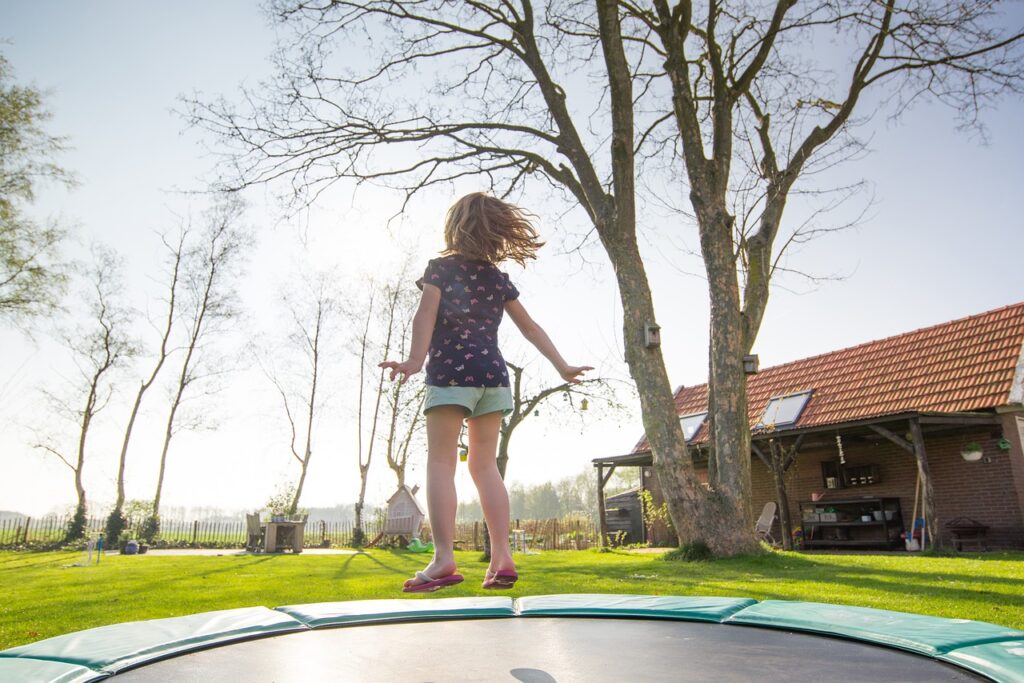
Do you have a sensory kid, or maybe you’re trying to figure that out? Finding out your child has sensory processing differences is usually step one. Then the journey of figuring out what to do about it begins. One of the most challenging parts of that journey can be finding what sensory tools work for your child.
“Sensory” is very widely found on Facebook, Instagram and Pinterest. But the thing is, it’s not as simple as trying whatever sensory activity you’ve pinned and now your child can deep breathe away their troubles.
So how do you figure out what will help your child to find their calm? To manage their frustration, cool down during a meltdown and get focused when they need to?
Here are my top 3 tips to figuring out your child’s sensory needs and loading up a toolbox of tools that you can easily access and use.

- Observe observe observe. Spend time watching what kind of activities and things your child gravitates toward. Observe how they move. Do they like chill, calm music or music with a heavy, grounding beat (think reggaeton, rap). Do they like chewy and crunchy foods or prefer more smooth things? Hate getting their hands dirty or can’t wait to walk barefoot in the grass? These things will be useful for noticing trends.
- Learn about the sensory systems. Once you have noticed what things your child loves and hates, you have lots of useful data. But, now you need to learn why your child getting overwhelmed in busy environments might actually have something to do with how they process movement. Or that the fact that they’re a little bit clumsy and run into doorways all the time might mean that they need some heavy work before or after they’re doing something that makes them anxious. If you already have a good understanding of the different sensory systems but need some low to no cost and easy to implement activities, one of my PDFs might be useful for you. If you have no idea what vestibular and proprioceptive processing are and want to know if they might help your child, my self-paced video class for parents has everything you need to know!
- Pick tools that match your child’s preferences and sensory needs. This is where you will have your “aha!” moments. Knowing what activities your child likes and understanding the sensory reason why empowers you to choose activities that will provide the input they need to feel calm, happy and ready to learn.
Need more individualized help figuring out your child’s sensory needs?
Want to have a free 15 minute chat to see if your child’s needs are sensory based at all? You can book a free discovery call with me to help guide you to what step is next in helping you and your child find more peace and calm.
